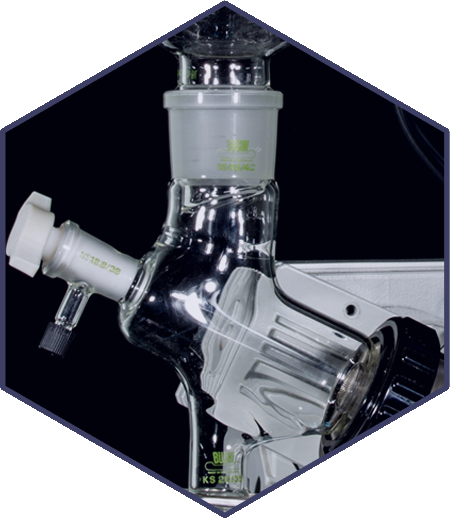HPLC (High-Performance Liquid Chromatography) and GC (Gas Chromatography) are analytical techniques widely used in the pharmaceutical industry to separate, identify, and quantify components in a sample. Method transfer refers to the process of moving an analytical method from one laboratory or instrument to another while maintaining the method’s performance and reliability.

Pharmaceutical HPLC/GC method transfer is a critical aspect of ensuring consistency and reliability in analytical results when methods are implemented in different laboratories or with different instruments. It helps maintain the integrity of pharmaceutical analyses and ensures compliance with regulatory requirements.
Contact Founders Science Group today to discuss how our expertise in Chromatography analysis can help you.